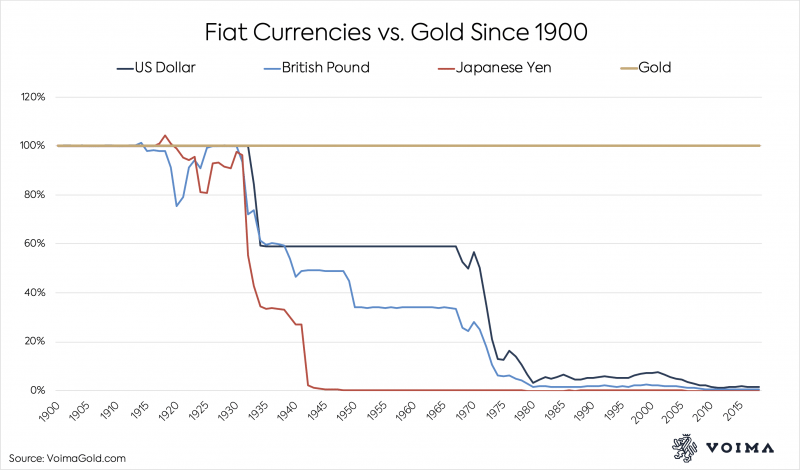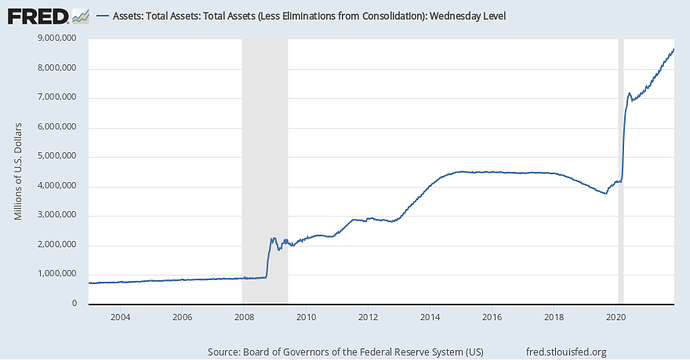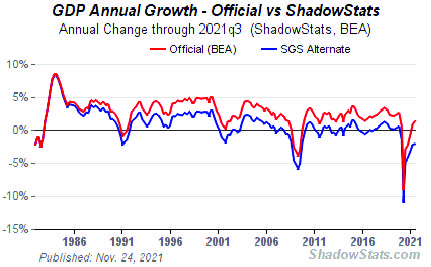
By Billy and Akaisha Kaderli, RetireEarlyLifestyle.com
Special to the Financial Independence Hub
It’s no secret that we have been living on around US$30,000 per year.
Now into our 31st year of financial independence we see no need to lower our spending. In fact, we are trying to increase it.
Some people do not believe we can have such a fulfilling lifestyle on this small annual amount, so in this article, we thought to explain how we do it.
Let us break this down
Decades ago we discovered the lower cost of living in Mexico. This is what is referred to as Geographic Arbitrage. You make your money in US Dollars – in our case dividends, capital gains and Social Security – and spend in the local currency. After running around the Caribbean Islands and RVing through the Western US, in 1993 we were invited to visit friends living in Chapala, Mexico. Since we track our spending daily, we saw our expenses in Dollar amounts drop rapidly by being there.
After spending 4 years in Chapala,we started traveling to Asia – another low-cost destination – again utilizing the strength of the US dollar to ease the pressure on our wallets. All the while, our stock market assets continued to increase in value.
For a handful of years again we made Dollars in the market and spent Quetzales in Panajachel, Guatemala. Easy living is what we call it and this is an essential style of our retirement approach.
In between all of these travels we spent time in our Adult Community Resort in Arizona. Surprisingly, our cost of living there was one of the best in all of the locations where we have lived. Yes, we were spending Dollars, but the price of living with value was attractive, and we modified our spending in other ways. Often, we walked or biked to grocery stores and various locations. Rarely using our vehicle at that time, the insurance company gave us a discount for having such low annual mileage. Weather – other than the super-hot summers – was pleasing and since there were tennis courts in the resort and friendly neighbors, we had assorted low-cost entertainment options.
These days we’re settled back in Mexico where the exchange rate is as good as it gets.
Travel
As our readers know, we still travel quite a bit even though Covid has kept us mostly in Mexico.
We have upgraded our lodging and choose more comfortable ways to get from place to place. Intra-country flights are very affordable here in Mexico, with a one-way ticket from Guadalajara to Puerto Vallarta costing less than $50USD per person. One time we flew from Guadalajara across the country to Merida for $38USD each. There is no need to stay at home when a week away is so attractively priced.
Because we have permanent residence status here in Mexico, we are entitled to an INAPAM card offering us 50% discounts on buses. Therefore, our transportation expenses for a bus trip to the beach is 2-for-the-cost-of-one. For example, we go to Chacala Beach, Nayarit, Mexico for 538Pesos for the 2 of us. This is about $13USD each on a luxury, air-conditioned bus.
This INAPAM card also gives us free entry into museums and certain public areas that charge a fee.
Rent

Our rent is $300USD monthly, or the Peso equivalent. This amount allows us to live in a gated garden complex, where we have a roomy one-bedroom apartment centrally located. Shopping, restaurants and doctors are easily within walking distance. There is no pressure to own a car in a foreign country with all the expenses like maintenance, licensing, fuel and insurance that are involved.
Recently we remodeled our kitchen with new counter and backsplash tile plus paint, costing 13,800 Pesos, about $690USD. Continue Reading…











